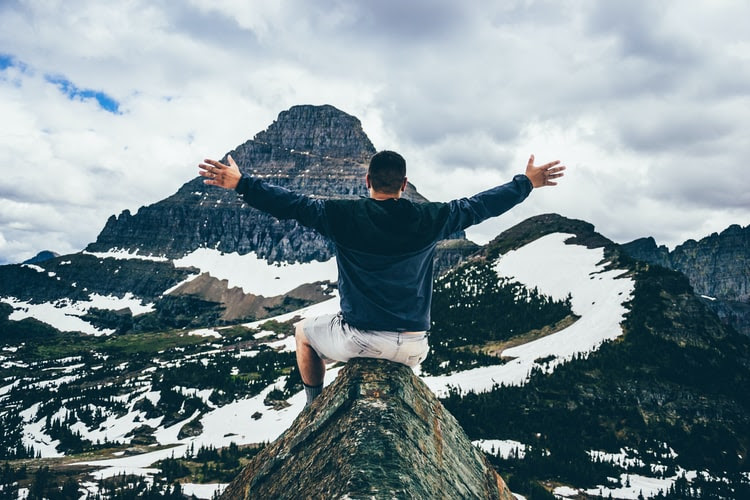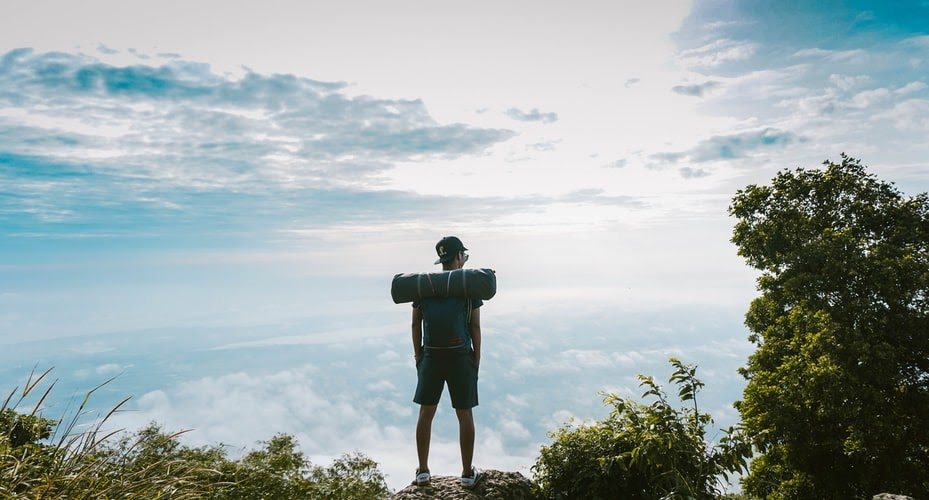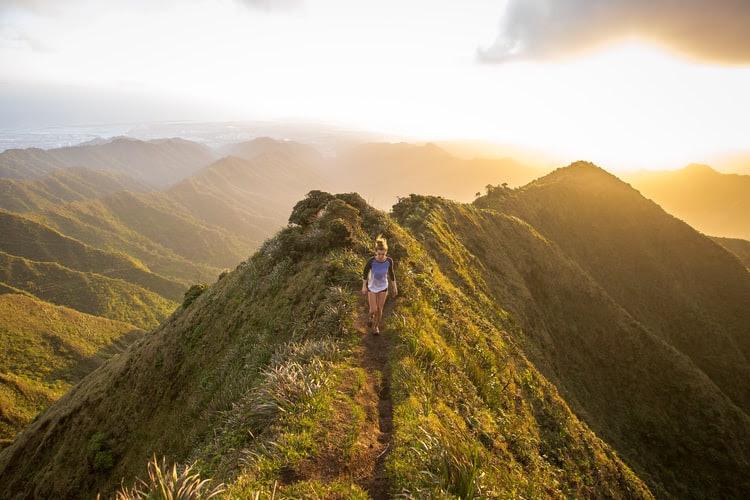Safety is always essential when outdoors. Whether you are only doing a minor hike or going for a trail run, safety must always be a priority. One can’t enjoy the outdoors when accidents happen especially walking on difficult trails in the mountain. So, here are some safety guidelines for a memorable trail experience:
Trail Safety Guidelines
Do Some Warm-Ups Before Starting
When doing any outdoor activity, warm-ups are a must. Doing some stretches and getting your heart pumping gradually will help you set your body’s momentum. Warm-ups will help in the blood flow and circulation in your muscles. It will also increase your heart rate warming up your body and will give you flexibility.
Start Slow and Gradually Increase
Never jumpstart your trail hike. It is ideal to start in a slow-paced manner while gradually increasing your pace to have better breathing and a longer hold of your endurance.
Let The Slowest Person Set The Pace
This applies when you’re hiking with your family where small children are involved. However, when in big groups, it is also ideal to be mindful of the slowest person in the group, so you can start with his/her pace and ease your way into increasing the pacing.

Take Turns Leading The Group
Apart from taking turns, the leader must also have good navigating skills. So, it’s not just anybody who is fast or wants to lead. Assign at least two people with good navigating skills to take turns leading.
Leave Your Iteniraries With A Family or Friend Who Is Not Hiking
You wouldn’t know what will happen while hiking. So, in case you get lost, someone knows when you’re supposed to come back. And when you don’t check in on schedule, at least help can be sent your way immediately.

Dress Accordingly
It is typically colder when you are at a higher altitude. Thus, before you go on your trail adventure, check the weather and wear and bring appropriate clothes so arm yourself with the sudden shift of temperature.
Wear Brimmed Hats and Sunglasses
Sunglasses will protect your eyes from either snow blindness that is caused by the glare on the snow or by the reflecting sunlight on boulders or water when hiking in the mountains. Brimmed hats are also another accessory you can bring to protect your face from the scorching heat of sunlight.
Bring Modified First-Aid Kit
Your first aid kit must be modified according to your adventure and activities outdoors. Also, if you have a group member with specific medicine or needs, it has to be in your first aid kit in case of emergency. Moreover, the number of items in your first aid kit must be enough to cover every person in the group.
Create An Emergency Plan
It is vital to know what kind of accidents can happen during your trip. So, days before you leave, create an emergency plan in case accidents arise. It is important so you will know what to do as it occurs and it can significantly prevent major injuries.

Take As Much Rest If You Must
Doing some strenuous activities can cause physical fatigue especially if your body is not fully equipped to do it. So, when hiking, if you need rest go have a rest. It is important to recover your body than pushing it further until your condition gets worse. Also, one of the most important things to bring is an ample amount of water. You need to be fully hydrated when hiking since your body is also losing fluids along the way. So make sure to refill every chance you get.
In every adventure, safety is essential. Always be mindful of your surrounding and the people you are with. It is important to know safety protocols before delving into an unfamiliar place. Safety must always be in mind but don’t forget to enjoy, relax, and appreciate nature when you get to your destination.
